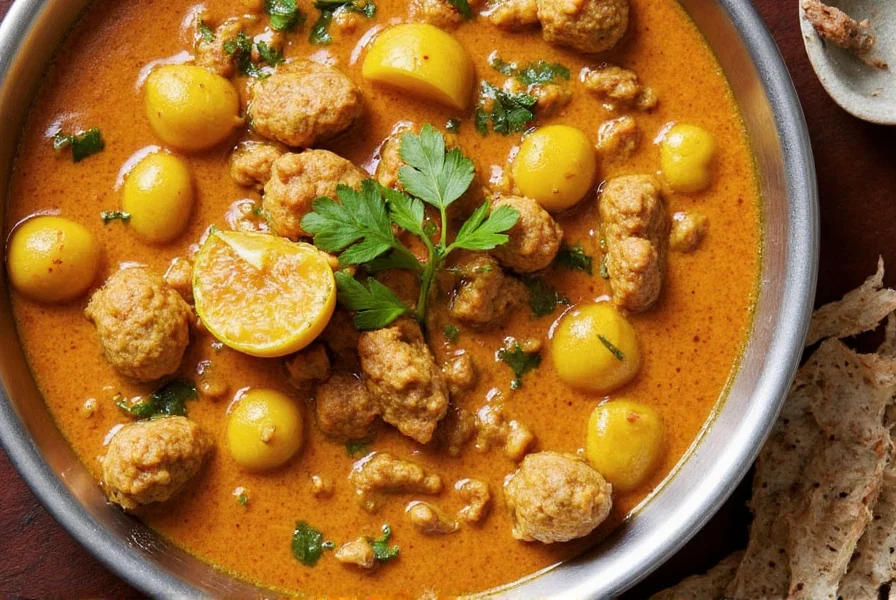
Curry's origins trace back over 2,000 years to ancient South Asia, though the term "curry" was coined by British colonizers during India's colonial era. Contrary to popular belief, "curry" isn't a single dish but a Western umbrella term for diverse regional spiced stews from India, Sri Lanka, and Southeast Asia. Archaeological evidence from the Indus Valley Civilization shows early use of turmeric, cumin, and coriander in cooking, while Sanskrit texts like the Charaka Samhita document spice-based dishes long before British influence.
The True History of Curry
Modern "curry" as a concept began when British colonizers in the 17th-18th centuries encountered South Asian cuisine. They adopted the Tamil word "kari" (meaning sauce) to describe the wide variety of spiced dishes they encountered. The first recorded use of "curry" in English appeared in Hannah Glasse's 1747 cookbook "The Art of Cookery Made Plain and Easy," which included "To make a Currey the Indian Way." However, traditional Indian cuisine never had a single "curry" dish—each region developed unique preparations like Kerala's coconut-based curries or Punjab's tomato gravies, all prepared with freshly ground spices specific to each recipe.
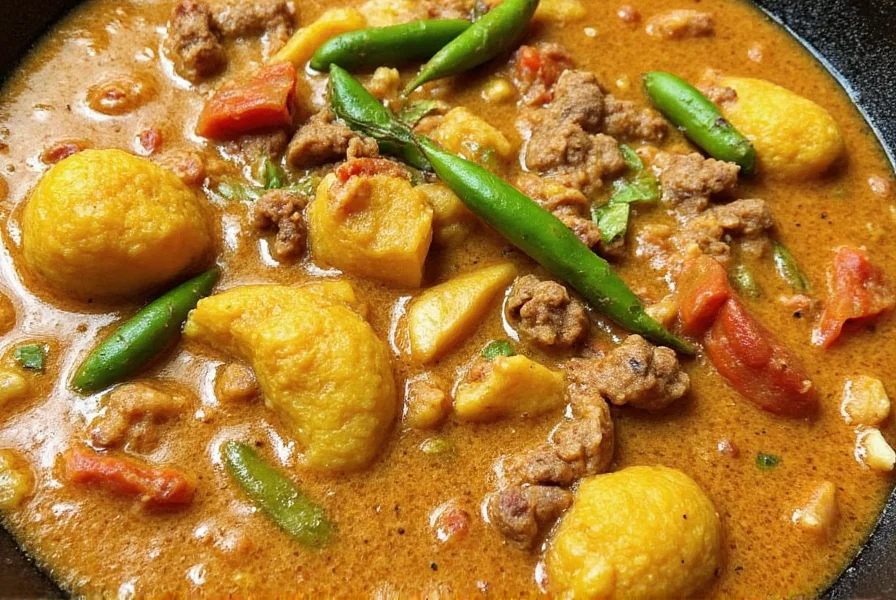
Frequently Asked Questions About Curry Origins
Where did curry actually originate?
Curry's cooking techniques and spice combinations originated in ancient South Asia over 2,000 years ago, with archaeological evidence from the Indus Valley Civilization. The term "curry" itself was coined by British colonizers in the 17th-18th centuries to describe diverse regional dishes they encountered in India. Traditional Indian cuisine never had a single "curry" dish—it's a Western construct grouping many distinct preparations under one term.
Is curry originally from India?
The spice-based cooking techniques that define "curry" originated in the Indian subcontinent, but "curry" as a defined dish category doesn't exist in traditional Indian cuisine. Indian cooking features thousands of region-specific spiced dishes (e.g., sambar, butter chicken), none called "curry" in local languages. The term was created by British colonizers who generalized these diverse preparations.
When was the word "curry" first used?
The English word "curry" derives from the Tamil "kari." The first documented use in English was in Hannah Glasse's 1747 cookbook "The Art of Cookery Made Plain and Easy," which included a recipe for "To make a Currey the Indian Way." British colonizers adopted the term during their rule in India (1600s-1800s) to describe the wide variety of spiced dishes they encountered.
Did the British invent curry?
No—the cooking techniques and spice blends predate British arrival by millennia. However, the British did create the concept of "curry" as a single category of food and invented "curry powder" as a commercial product. Traditional Indian cooking uses freshly ground spices specific to each dish, while curry powder is a standardized Western blend designed for convenience in English kitchens.
What's the difference between curry powder and traditional Indian spice blends?
Curry powder is a British invention: a pre-mixed, standardized blend created for convenience. Traditional Indian cooking uses freshly ground spices tailored to each dish, with regional variations (e.g., South Indian sambar masala vs. North Indian garam masala). Most Indian households don't use "curry powder"—spices are toasted and ground fresh for each recipe to preserve flavor complexity.
Regional Evolution of Curry
| Region | Traditional Dish | Main Ingredients | Historical Context |
|---|---|---|---|
| South India | Sambar | Tamarind, lentils, mustard seeds, curry leaves | Developed over 2,000 years ago in Tamil Nadu; mentioned in ancient Sangam literature |
| Northern India | Butter Chicken | Tomato puree, cream, garam masala | Invented in 1950s Delhi as a way to use leftover tandoori chicken; became globally popular through Indian diaspora |
| Thailand | Green Curry | Green chili paste, coconut milk, lemongrass | Adapted from Indian curry techniques during 16th-century trade routes; infused with Thai herbs like kaffir lime leaves |
| Japan | Kare Raisu | Dashi, carrots, potatoes, beef | Introduced by British sailors in late 1800s; evolved into a thick, sweet comfort food by Meiji era |
| Jamaica | Curry Goat | Curry powder, scotch bonnet, thyme | Developed by Indian indentured laborers in 1830s; blended Indian spices with Caribbean ingredients |
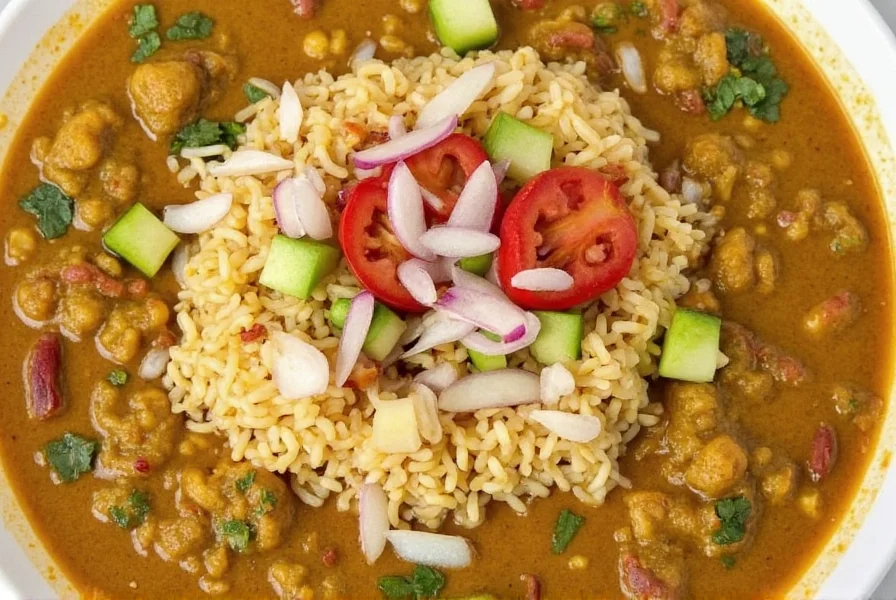
Curry's evolution demonstrates how cultural exchange shaped its global journey. From ancient Indian kitchens to colonial trade routes and diaspora communities, each region adapted the core concept of spiced stews to local ingredients and tastes—proving "curry" is a living tradition, not a static dish.
Colonial Influence and Modern Globalization
British colonization fundamentally transformed curry's global perception. During the East India Company's rule (1600s-1800s), English cooks created "curry powder" to replicate Indian flavors without understanding traditional spice preparation. This commercial product became a staple in British households, later spreading to Europe and North America.
By the 19th century, curry appeared in European cookbooks like Mrs. Beeton's "Book of Household Management" (1861), heavily adapted for Western palates. The dish then traveled through colonial networks: Indian laborers introduced it to Jamaica, while Japanese immigrants adapted it into kare raisu. Today, digital platforms and global migration continue this evolution—New York food trucks serve Korean-Mexican curry tacos, while Tokyo restaurants blend Japanese and Indian techniques.
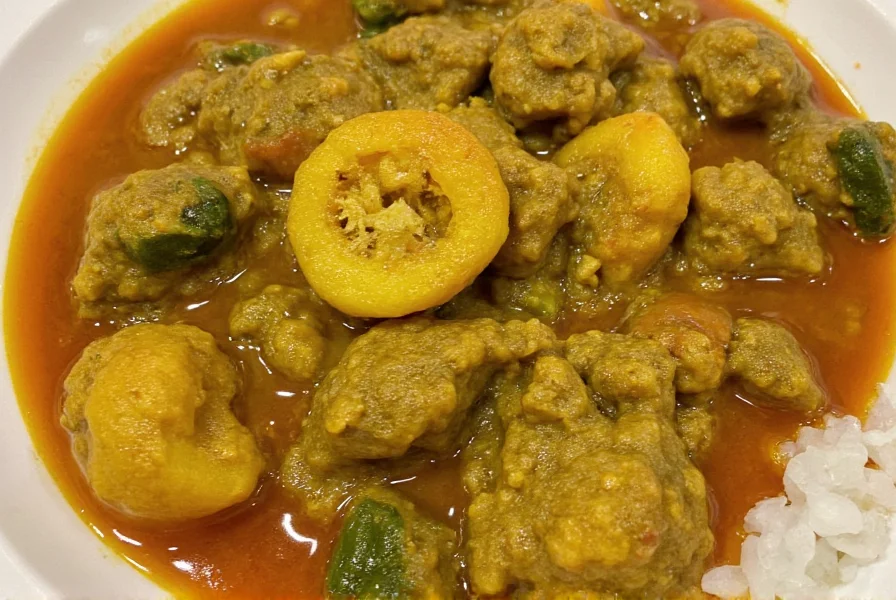
Curry: A Living Cultural Legacy
Curry's journey from ancient South Asian kitchens to global tables reflects humanity's interconnected culinary history. It's not a single dish but a testament to cultural exchange—where spices traveled along trade routes, recipes evolved through migration, and traditions blended across continents. As food historian Colleen Taylor Sen notes, "Curry is a story of adaptation, not appropriation." Whether you're tasting a Kerala fish curry or a Jamaican goat dish, you're experiencing centuries of human connection through food.
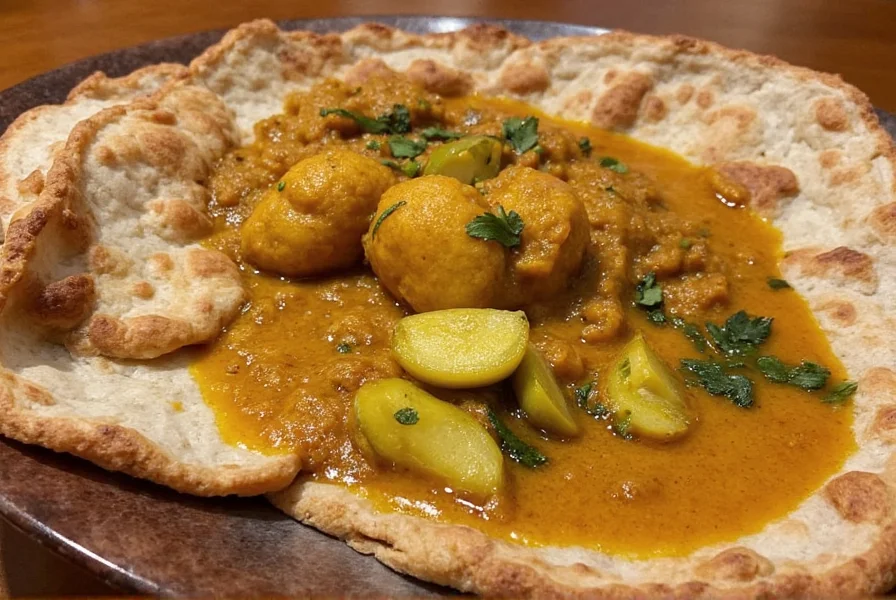











 浙公网安备
33010002000092号
浙公网安备
33010002000092号 浙B2-20120091-4
浙B2-20120091-4